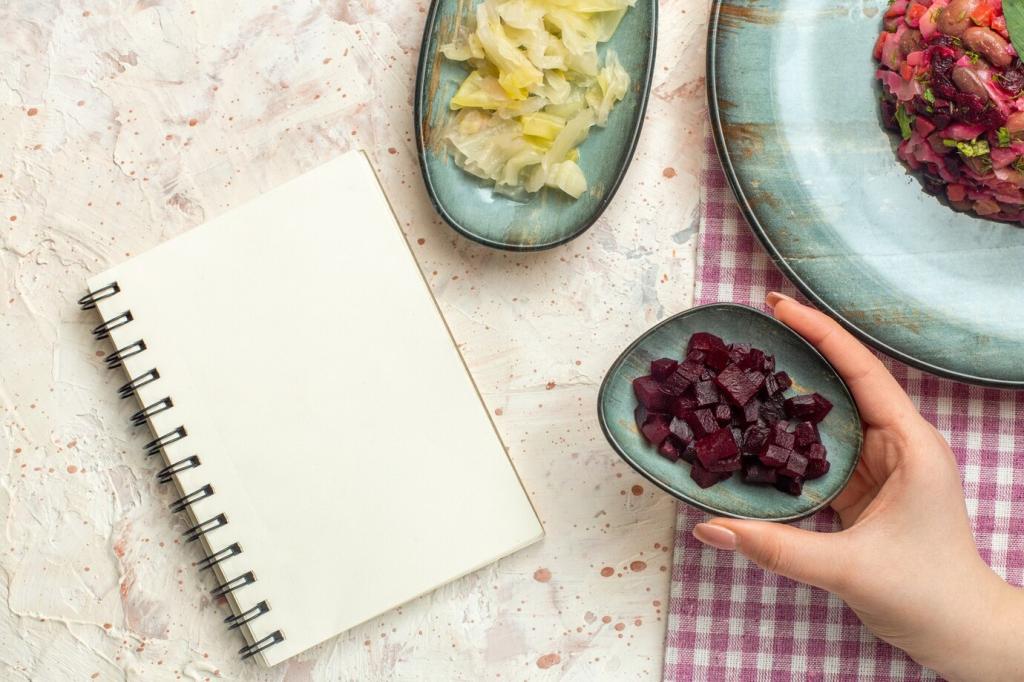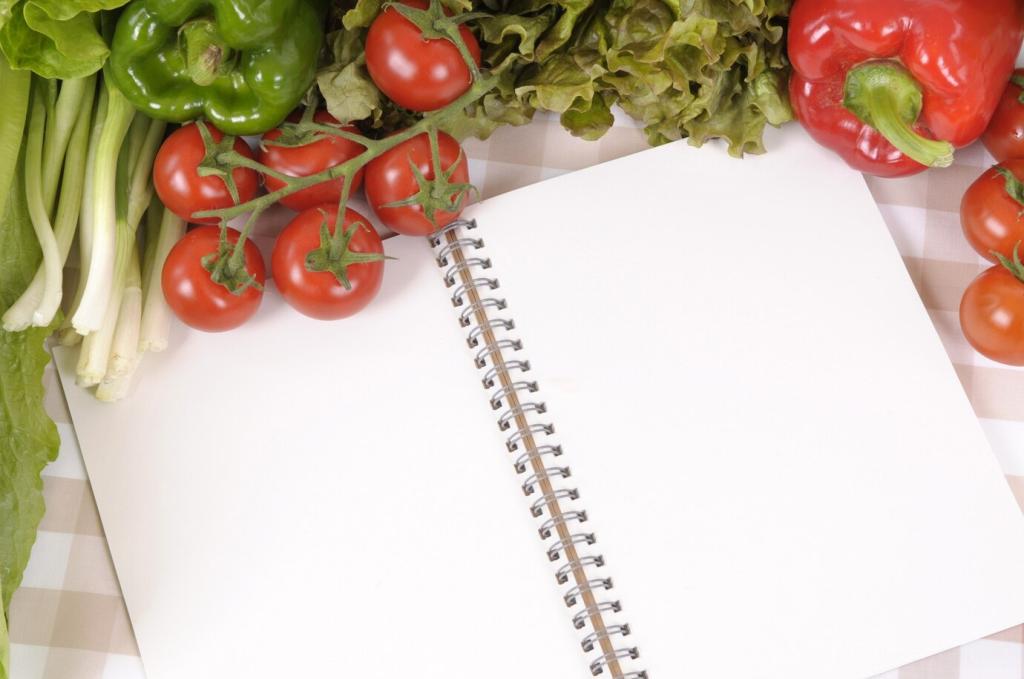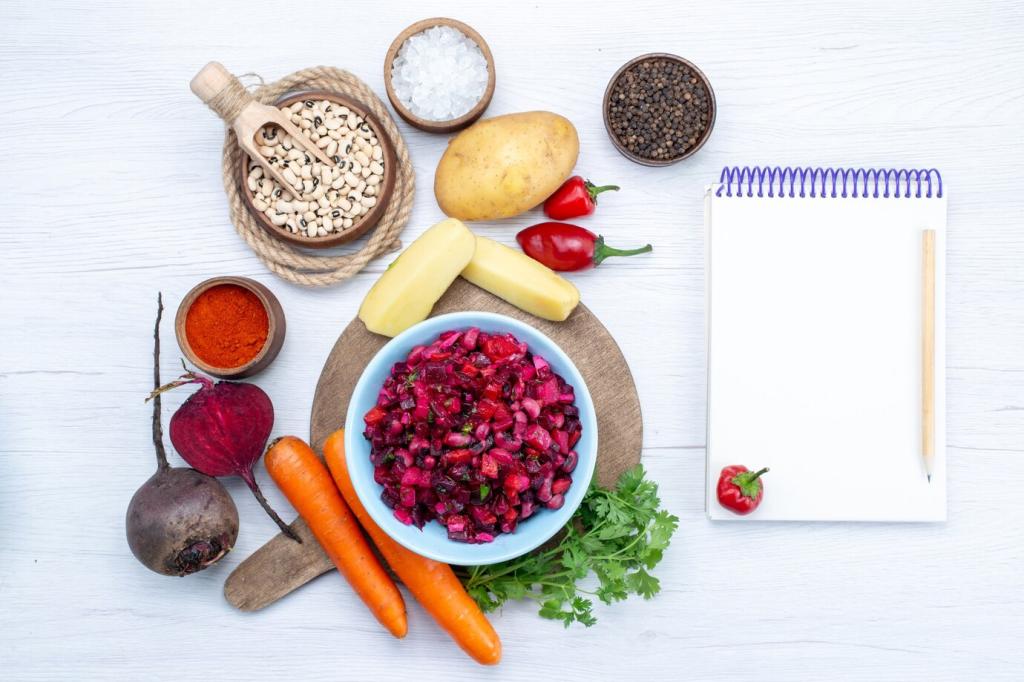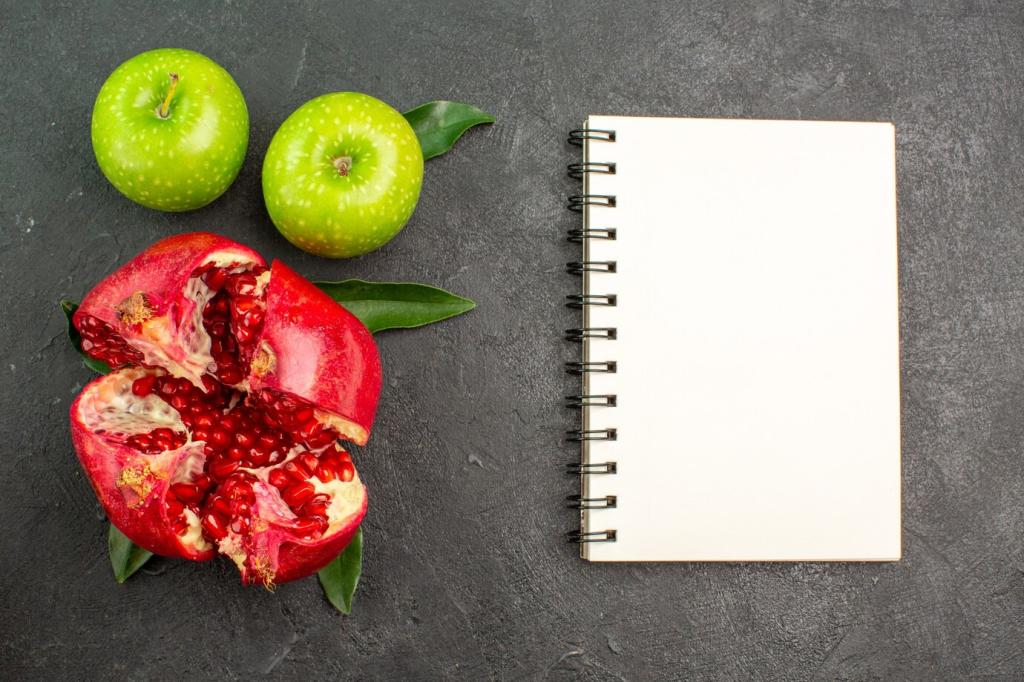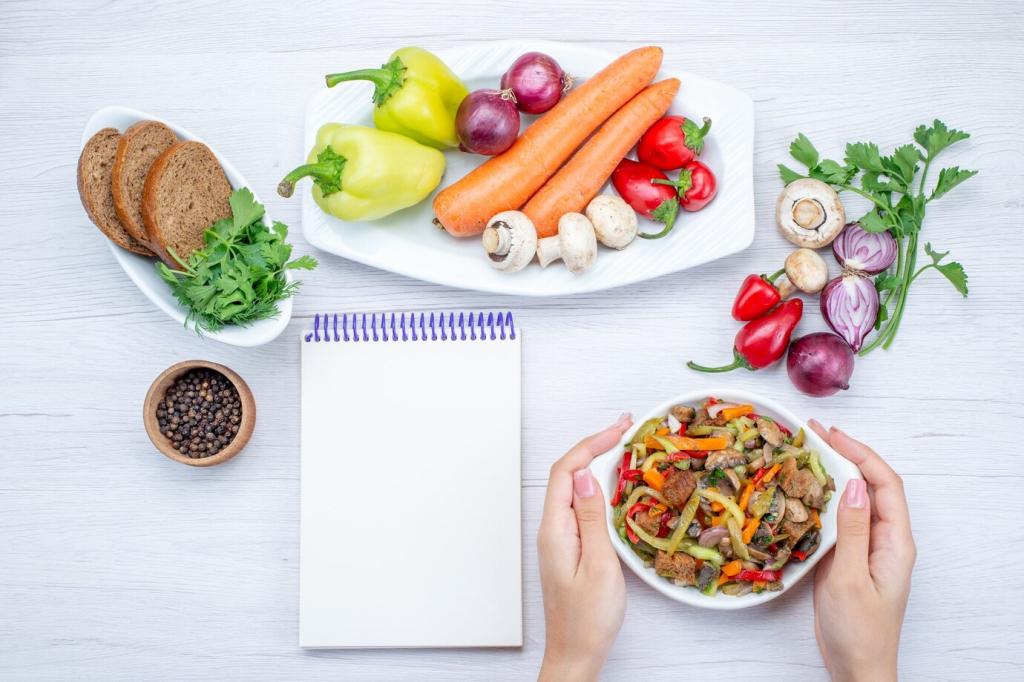Master the Store Layout
Start around the perimeter for produce, lean proteins, and dairy alternatives. Then dive into aisles with a purpose-driven list. A clear plan protects your balance from flashy displays and hunger-fueled decisions.
Master the Store Layout
Choose unsauced vegetables, fruits, and plain proteins from the freezer. They are nutrient-rich, budget-friendly, portionable, and perfect for emergency dinners that still respect your balanced diet intentions.

